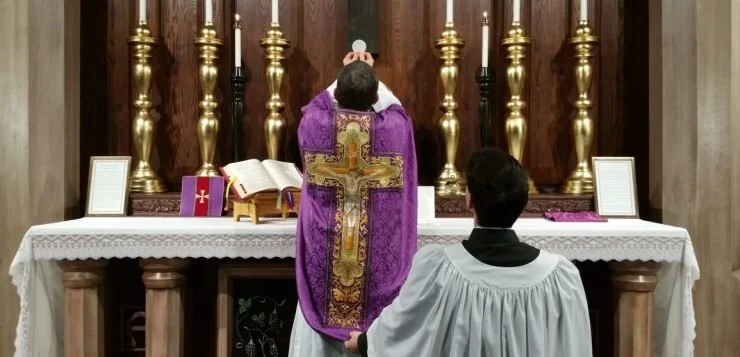The date Jan. 6 means different things to people. For me, as a Catholic, it is the Feast of the Epiphany. It marks the date on the liturgical calendar when the Magi, according to the Bible, brought gifts to the baby Jesus.
This year, the date became a polarizing remembrance of the 2021 U.S. Capitol insurrection, riots or whatever else one calls it depending on their political affiliation. For me, this Jan. 6 marked a special anniversary — the 20th anniversary of the groundbreaking Boston Globe Spotlight team’s investigation into predator priests. The series of articles won the Pulitzer Prize in 2003 in the Public Service category.
I must admit that the anniversary went by without much fanfare. It’s surprising given that the ramifications from those original series of news articles reverberates within the church, both in the U.S. and globally, and that it was even made into a 2015 movie “Spotlight” that won the Oscar for Best Picture. Even the Vatican gave the film two thumbs up at the time.
Maybe the events of a year ago in Washington were just too compelling for the news media — even though they love anniversaries — to make room for coverage of anything else.
That’s a shame because the stories remain so very important to both the craft of journalism as well as how the Catholic church failed to police itself in the decades following the Second Vatican Council and the betrayal of trust of so many people over a period of four decades.
The question, for GetReligion readers, is this: What are the elements of this story that are still alive, important and worthy of coverage now and in the future?










